Have you been wanting to create and sell your digital product online?
Curious how you can leverage the presence you’ve already built online, without selling physical products?
Want to stop trading time for money, while also helping more people? Creating and selling digital products may be your solution for making passive income online!
This post will walk you through WHY oh WHY you should create digital products to sell online, and exactly HOW to go about doing it!
First, Why Should You Create Digital Products to Sell Online?
The number reason that you want to create digital products is so that you can spend less time working and more time doing what you love!
As I alluded to above, there are some GREAT reasons to start selling digital products.
If you’re still on the fence though, keep reading…here are four indisputable benefits to selling digital products online.
1. You Create Something Once, then Sell it Again and Again.
If you currently have a service-based business, you know the drill: find a client, put in hours and hours of time/work helping your client, then get paid for the hours you’ve put in.
You’re essentially trading time for money…meaning if you don’t work, you don’t get paid.
With a digital product, most of your work will be done up front. This means you create it once, then sell it again and again.
And, if you can build a kick-butt sales funnel for your product, the entire process will be on autopilot!
2. Lower Overhead, Higher Profits
Unlike with physical products, with digital products you have no inventory – this means no storage fees, no shipping costs, and no warehouse staff.
This also means much less financial risk for you. While the time investment involved in creating a digital product can be high (at least up front), the financial investment is usually very small.
And once your product is done, your costs should be minimal – meaning most of what you earn will go directly into your pocket!
3. Spend Less Time Working
Because most of your work is done up front, you’ll be able to spend less time working overall.
This will free you up to do exactly what you want. This might mean spending more time with family, traveling, working on other projects, or even investing more time in other areas of your business.
The key is, it’s entirely up to you what you do with this extra time!
4. Help More People
If you currently run a service-based business, you’ll find that there’s a limit to the number of people you can serve.
There are only so many hours in the day, meaning there are only so many clients you can help each day.
With a digital product, you can help an unlimited number of people. You create your product once, and then people can buy it at any time – even if they decide they need your help at 3:00 in the morning!
[click_to_tweet tweet=”With a digital product, you can help an unlimited number of people. You create your product once, and then people can buy it at any time – even if they decide they need your help at 3:00 in the morning! BOOM!” quote=”With a digital product, you can help an unlimited number of people. You create your product once, and then people can buy it at any time – even if they decide they need your help at 3:00 in the morning! BOOM!” theme=”style6″]Still not convinced that creating and selling a digital product is right for you? Watch out for my upcoming post, The Top 10 Benefits of Selling Digital Products.
5 Types of Digital Products to Create & Sell Online
Okay, so hopefully I’ve convinced you that creating a digital product is too good an opportunity to pass up.
But what happens next?
Your first step will be to decide what type of digital product you want to create.
Following are five types of digital products you may want to consider selling online.
If you’re looking for even more options, be sure to check my post The Most Profitable, Popular Digital Products to Sell Online.
1. eBooks
Via Dizzy Fitness
eBooks are one of the most popular types of digital products, and also one of the quickest and easiest to create.
You can literally create and start selling a basic eBook in as little as a few hours, meaning there’s very little risk in terms of time or money.
The process of creating an eBook looks something like this:
- Solve a problem your audience is struggling with. Ask them what their #1 problem is, and then write a practical, step-by-step guide to solve that problem.
- Write your content. It can be as short as 10 pages, all the way up to several hundred pages. Focus on solutions, not on theory!
- Create an eye-catching cover. This is easy and free (or almost free) using Canva!
- Format your eBook. If you don’t have a budget for formatting, simply convert your document into a pdf using a free online tool like Smallpdf. If you want to format your book for e-readers (.mobi and .epub formats), use an inexpensive service like eBook Launch.
- Create a sales page for your book. Explain the problem your book solves, and give an overview of your content. Add a “buy now” button. This is easy using a plugin like Easy Digital Downloads or a low-cost service like E-junkie.
2. An Online Course
Via Udemy
Online courses are HUGE right now.
Teach your audience a process for solving their biggest problem(s), using written content, video lessons, worksheets, quizzes and more.
There are tons of platforms out there for creating and hosting your course, but they fall into three main categories: online marketplaces like Udemy (pictured above), hosted platforms like Thinkific and Teachable, or self-hosted options like LearnDash.
While it will take a lot of work to create a course, the upside is that they tend to have a higher price point than other digital products – anywhere from $100-$1000 (or more!).
If you’d like to learn more about creating your own online course, check out these blog posts:
11 Ways to Practically Guarantee that You're Creating an Online Course People Want to Buy
3. A Membership Site
Does the idea of monthly recurring income appeal to you? Then you may want to consider a membership site!
A membership site is a members-only website or group where you share exclusive content and support for a set monthly (or annual) fee.
Membership sites can look quite different, but most will consist of a combination of some or all of the following:
- Exclusive content (articles, eBooks, guides, video tutorials, etc.)
- A discussion forum or Facebook group
- An online course
- 1-on-1 support via email, phone, or in the group/forum
- Peer support
- Discounts on relevant products or services (like 1-on-1 coaching calls)
While a membership site isn’t exactly “passive” income – it will require you to regularly create new content and provide ongoing support – it’s a great way to earn a consistent income while doing what you love!
4. Selling Software or Tools
Via InkyDeals
If you’re a web developer or have some skills in this area, creating and selling software and other online tools can be a great option.
Some of the most common examples include apps, website templates or themes, and WordPress plugins.
While you’ll still need to provide ongoing support to your customers, most of your work will be done up front when you develop your product.
This will leave you lots of time to market your product…or really, to do whatever you want!
5. Photos, Graphics or Web Elements
Via Creative Market
If you have some photography or graphic design skills, this can open up a whole host of options in terms of creating and selling digital products.
There’s a huge demand for graphic-based content for use on websites and/or on social media. Some popular examples include:
- Done-for-you social media graphics
- Photos
- Document, business card or brochure templates
- Fonts or icons
- Illustrations
The options are virtually endless! If you want to see the huge array of possibilities, go to a graphics marketplace like Creative Market to get some ideas or inspiration.
How to Create a Digital Product?
By this point, I hope you’re excited about the possibility of creating a digital product.
But now that you’ve made the decision, it’s time to get to work actually creating your product!
Obviously, this process will vary depending on what type of digital product you’re creating. However, there are some basic steps that will be the same regardless of whether you create an eBook, course, membership site, or something else entirely.
1. Find Out What Your Audience Wants to Learn About
Google’s Keyword Planner can help you find popular topics for your product
Before you start creating your product, you absolutely must do some research to find out if your audience ACTUALLY wants to know about your topic.
Whether you have a concrete topic in mind or need some help deciding on potential topics, there are a number of strategies I recommend:
- Survey your audience to ask them the #1 thing they’re struggling with. Using Survey Monkey or Google Forms can help you keep all this important info in one place.
- Look through your emails and social media comments to see what questions come up again and again.
- Study your website analytics to see which topics are already popular among your site visitors.
- Use a free keyword research tool like Google Keyword Planner to find the most searched-for words and phrases related to your topic.
2. Find Out if Your Audience Will Actually Buy Your Digital Product
Via Prive Academy
This is known as product validation. Basically, you want to ensure people are actually willing to pay for your product BEFORE you invest a ton of time and money in creating it.
One way to do this is to pre-sell your product. Set up a simple sales page, and offer an early bird discount to anyone who pre-orders it.
If tons of people are willing to fork over money to buy your product in advance, you have a winner! If not, you know you need to keep looking.
Another effective strategy is to create a smaller, cheaper product related to the one you ultimately hope to sell.
Here are some ideas for how to do this, depending on which type of product you want to create:
- Wanting to create an online course: Create 1-2 modules of your course and sell them at a price that’s proportionate to what you’ll eventually charge for your full course.
- If you want to create a membership site: First set up a private Facebook group where you’ll provide free content and advice. If there’s interest in this, you can build out a full membership site on a different platform.
- You'd like to sell software: Create a basic, low-cost plugin or app, just to gauge if people will actually buy it.
- If you want to sell graphics: Take a few hours to create a small graphics package and promote it to your audience. Put it up on Creative Market for even more exposure.
- If you want to write a long eBook: Write a shorter eBook or downloadable guide that basically serves as an intro to your complete book, and just charge a couple of bucks for it.
3. Create Your Digital Product
This will be where most of your time is spent. It will involve all the planning, writing, editing, filming…everything that will take your product from mere idea to fruition!
Depending on the type of product you’re creating, this process could take anywhere from a few hours (for an eBook) to several months (for a membership site or online course).
Generally speaking, the more time it takes to create your product, the more you’ll be able to charge for it.
So, while it may be tempting to quickly create a bunch of eBooks to sell, the low price tag (anywhere from a couple of bucks up to around $50 at the high end) will mean you need to sell A LOT to make some decent money.
Keep this in mind as you create your digital product – if you want/need to make some money fast, start small. But if you’re looking for a way to make consistent income over the long-haul, higher-ticket products will likely be your best bet.
How to Sell Your Digital Product Online?
Great! Now you’ve decided on your topic, have validated that your audience actually wants to buy it, and have a finished product that’s ready to sell.
Now the question is: How do you get it in front of the people who will buy it?
1. Come Up with a Launch Strategy
Before you start selling your product, I strongly recommend coming up with a pre-launch and launch strategy.
These will be all the steps you take to create a buzz about your product, to prepare your audience for what you’re about to launch, and then to actually start the process of selling.
While this may seem like a lot of work (because it is!), it will give you the best chance of getting people SO excited about your product that you sell oodles of them on day one!
For a step-by-step guide on how to launch your digital product, watch-out for my upcoming post, Launch Your Digital Product in 7 Simple Steps (Checklist Included!)
2. Set Up a Way to Accept Payment
If you decide to sell your product via an online marketplace, this may all be done for you. For instance, if you create an online course on Udemy or Skillshare, they’ll take care of all the payment processing for you.
However, if you plan to sell your product via your website or social media, you’ll need to set up a way to accept payments.
Some of the easiest and most popular options are:
- PayPal Basic: Setting up a PayPal account is free and is probably the simplest option out there. Within a few minutes, you can have a PayPal button added to a sales page on your site. Cost: 2.9% per sale + .30 USD per sale.
- PayPal Payments Pro: If you want to take things up a notch and be able to accept credit cards right on your site (as opposed to having your customers sent to a PayPal payment page), this is a great option. The fees are the same as the basic version, plus an additional $30/month service charge.
- Stripe: Stripe is probably the second simplest option. It costs the same as PayPal, however, Stripe doesn’t charge an additional fee for international payments.
3. Create a Kick-Butt Sales Page for Your Product
Wherever you plan to sell your product (your website, an online marketplace, etc.), you’ll need to convince readers they NEED your product.
You’ll do this through creating a sales page that clearly articulates the problem your audience is struggling with, and how your product will help them.
Some best practices for creating your sales page include:
- Use an attention-grabbing headline that will “hook” your audience in.
- Offer social proof. Video testimonials are great, as are screenshots of social media testimonials.
- Explain why you’re qualified to create a product on this topic (e.g., You’ve written a book on this topic, have a related degree, have worked in the field for x years, etc.)
- Have one – and only one – call to action on your page. This CTA will be, “Buy this book”.
- Remove anything that could be potentially distracting. This includes your website navigation, sidebar, external links, etc.
- Offer a money-back guarantee to reduce the risk your visitors may feel.
For what NOT to do when writing your sales page, check out my post, 5 Common Copy Mistakes that may be Killing Your Sales.
4. Decide How You’re Going to Deliver Your Digital Product
Again, this will vary based on the type of product you’ve created. For instance, delivering an eBook may be quite different from “delivering” a membership site.
However, if you’re selling any type of one-off digital product or download, there are some great, simple options out there.
- Deliver your product or digital download via your email management service. Basically, when people buy your product on your website, they immediately receive an email with a download link or attachment. Doesn’t get much easier than this! This is ideal for eBooks, guides, graphics, software and really any type of digital download.
- E-junkie. Starting at just $5/month, E-junkie will allow you to quickly and easily set up a shopping cart or buy now button on your site. They also handle all the payment processing and delivery of your product. Doesn’t get much easier than that!
- Easy Digital Downloads. This is a WordPress plugin that will let you easily set up delivery of your digital product on your site. This is a higher-cost option (starts at $99/year), but lets you keep all your product delivery “in house”.
- Sales and delivery via social media. This is a super-simple way to deliver your products…but of course, works best if don’t have a ton of sales! Simply post about your product on Facebook, Twitter or Instagram, and ask people to comment if they want to buy. Send them a payment link, and deliver the product through a pm/dm. It’s that simple!
- DPD. DPD is a platform that specializes in the fulfillment of digital products. Starting at $10/month, it will handle the hosting and delivery of your product. Some of my favorite features are PDF stamping (so your pdf can’t be copied or shared without permission) and automatic download links sent to your customers if or when you update your products.
While these are some of my favorite options for delivering digital products, they definitely aren’t the only options! Check out my post, The 7 Best Online Course Platforms Compared (and How to Choose the One That’s Right for You)
Final Thoughts
I hope this post has convinced you that creating and selling digital products is one of the best ways to earn passive income online.
I’ve talked about many of the benefits of selling digital products, and have also shared lots of info to help you create and sell your product…now all that’s left is for you to get out there and DO IT!
I would love to know: What type of digital product are you going to create? Share with us in the comments below!
About Author
Kim Garst
Kim Garst is a renowned marketing strategist and speaker who is trailblazing the use of artificial intelligence in digital marketing. With over 30 years of experience as an online entrepreneur, Kim helps entrepreneurs grow their business and authority online by using AI technology. She is leading the way with proven AI frameworks that help entrepreneurs build authority in their space.
She is keynote speaker and an international best-selling author of Will The Real You Please Stand Up, Show Up, Be Authentic and Prosper in Social Media.
Named by Forbes as a Top 10 Social Media Power Influencer, Kim is well-known for her skill to simplify complex technology and make the use of AI understandable for business growth. Her relatable, actionable advice helps guide new entrepreneurs to harness the power of AI to succeed in digital marketing. Kim is leading the way in combining human and technological skills to create a new model for AI-powered marketing.




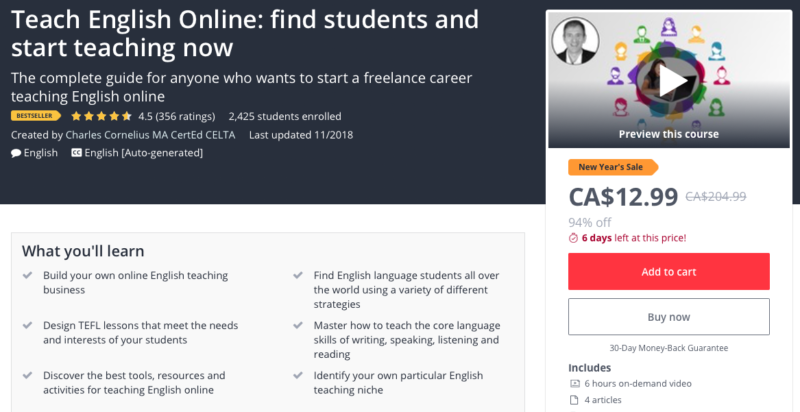
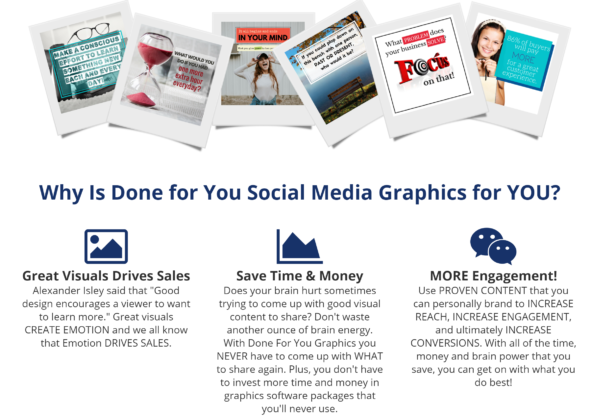

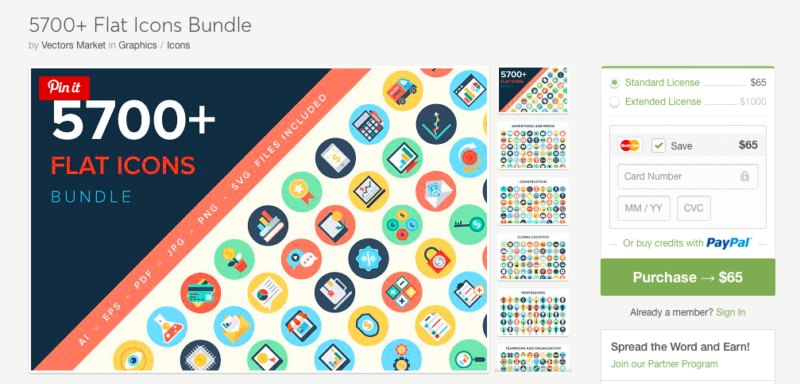
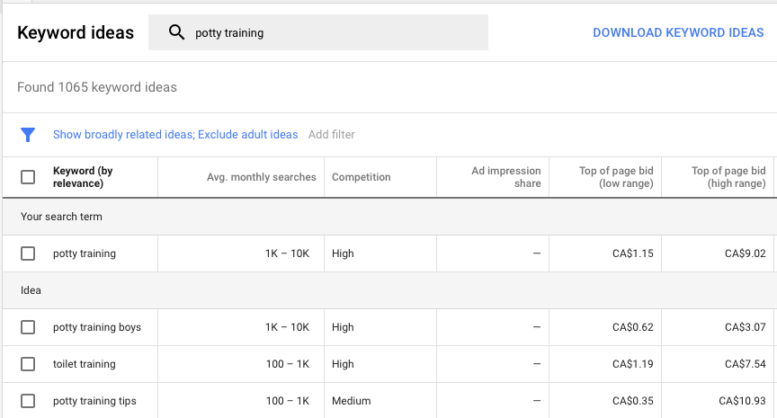


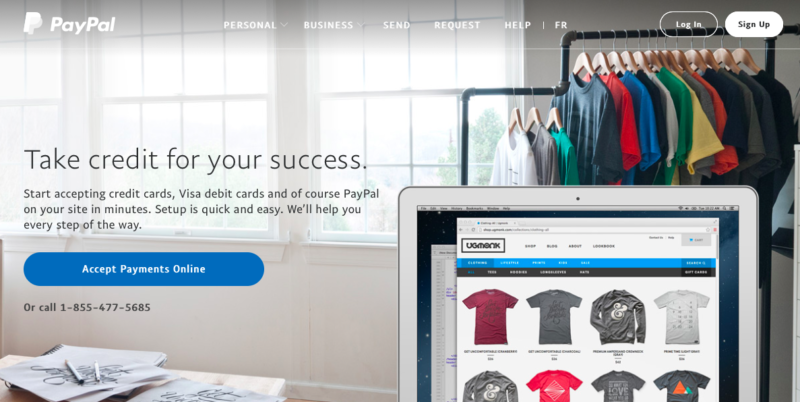
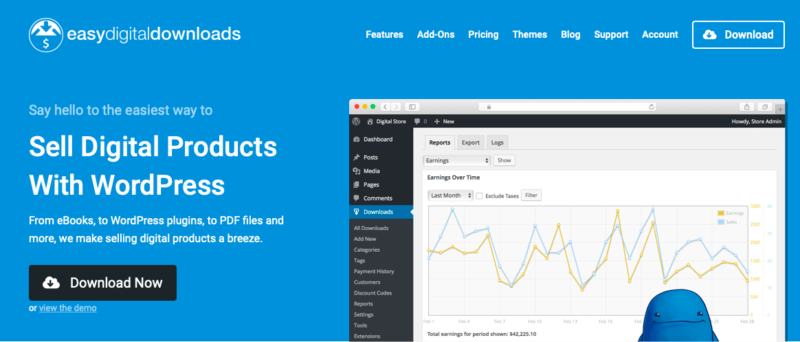

7 thoughts on “The Straightforward Guide on How to Create and Sell Your Digital Product Online”
Hi, Your article is very good. Keep up the good work.
Very well defines each and every tip. these tips are indeed beneficial. looking forward to our next work.
I was reading this and i realy found what i was looking for your article is really informative and i’ll be grɑteful if ʏou keep writing in the future.
you have covered almost everything here. Got to learn a lot of new things, thanks for sharing the information.
really learn alots about information marketing nice one, ebook is cool for starter,undecided for pressing problem to solve,,,
Thank you, your article is very good
You’re welcome!